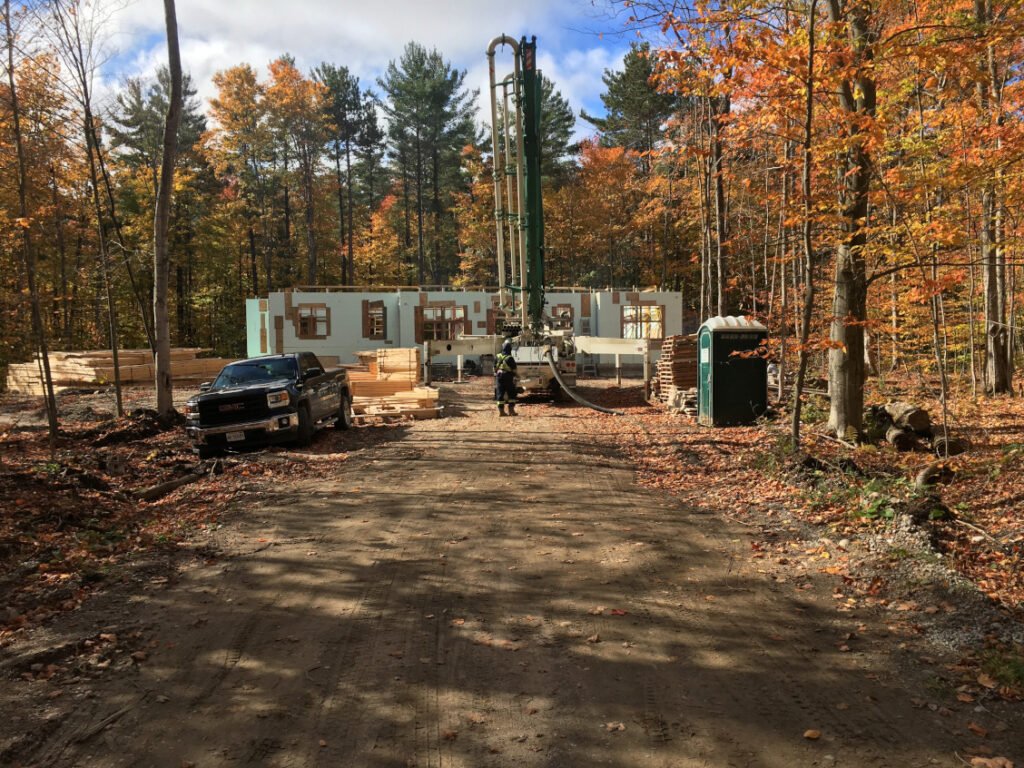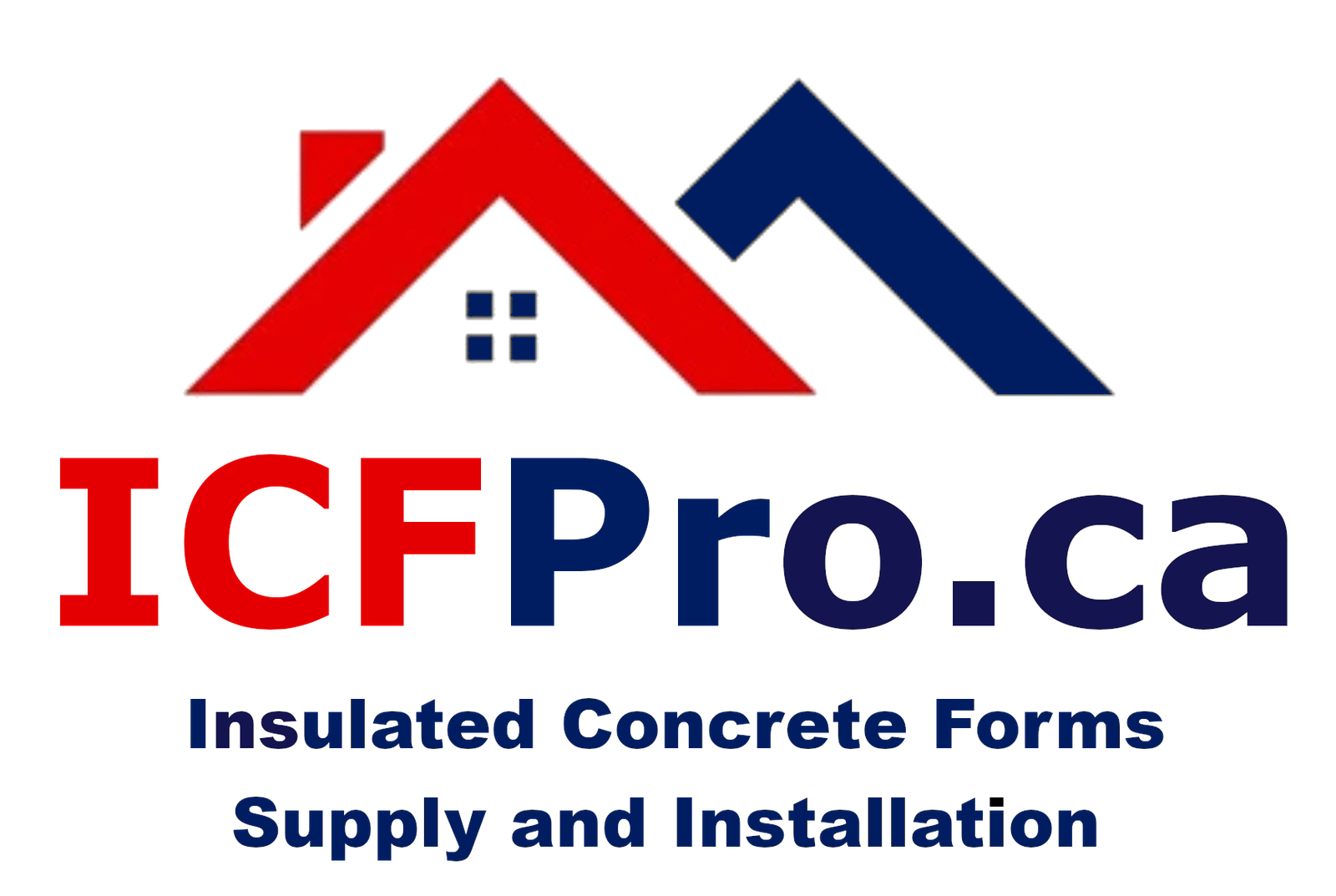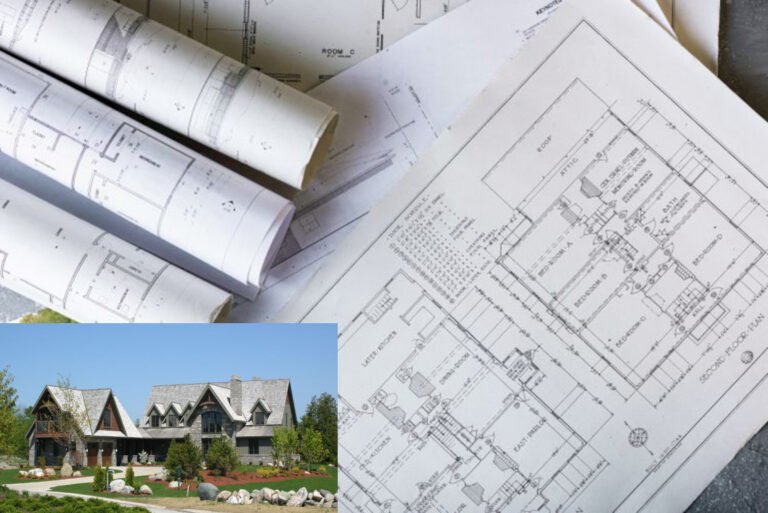ICFPro.ca is a division of ICFhome.ca - Phone 1 866 868-6606 - Direct Line 1 705 533-1633 - Email: info@icfhome.ca

ICF Blocks: The Foam-Fueled Future of Building That’s (Almost) Too Good to Be True
Imagine if LEGOs grew up, hit the gym, and decided to revolutionize home construction. Meet ICF blocks—the foam-and-concrete powerhouses turning cookie-cutter homes into energy-sipping fortresses. Whether you’re dodging hurricanes, freezing winters, or your neighbor’s obsession with lawn care, these blocks are your ticket to quieter, cheaper, and way more durable living. But with 12+ types to choose from, how do you pick the right one? Buckle up—we’re diving deep into the world of ICF blocks, no hard hat required.
ICF Blocks 101: What’s Inside the Foam-Filled Sandwich?
ICF blocks aren’t your grandpa’s cinder blocks. They’re precision-engineered systems combining:
- EPS Foam: The “bread” of your concrete sandwich. Density matters—1.5 lb/ft³ for mild climates, 3.0 lb/ft³ for Arctic adventures.
- Plastic Ties: Invisible connectors holding the foam layers apart. Strong enough to survive a toddler’s tantrum (tested to 1,000+ lbs).
- Concrete Core: The meaty middle. Opt for 3,000 PSI mixes in calm zones, 5,000 PSI in tornado alley.
R-Value Reality Check:
- Advertised: R-22 to R-26.
- Real-World: R-17 to R-22 after accounting for thermal bridging. Still beats wood’s sad R-13.
The ICF Block Family: 12 Types and Their Secret Superpowers
1. Standard Blocks: The Swiss Army Knife of ICF
- Looks: Rectangular foam blocks with a hollow core.
- Best For: 95% of your walls.
- Pro Tip: Use 6” cores for homes, 12” cores for doomsday preppers.
- Cost: 15–15–25 per block.
Case Study: A Florida homeowner used 12” cores to survive a Category 4 hurricane. His reward? An insurance discount and bragging rights for life.
2. 90-Degree Corner Blocks: The Right-Angle Ninjas
- Secret Weapon: Built-in bracing slots for laser-straight corners.
- Gotcha: Stack them wrong, and your house becomes a parallelogram.
3. 45-Degree Corner Blocks: For Architects Who Hate Right Angles
- Perk: Perfect for octagonal libraries or hexagonal man caves.
- Warning: Requires custom rebar bends ($$$).
4. Brick Ledge Blocks: The Veneer Whisperers
- Genius Feature: A 2” shelf for brick or stone.
- Pro Move: Hide weep holes behind the veneer to avoid ugly gaps.
5. Top Blocks: The Load-Bearing Heroes
- Why They Rule: Distribute roof weight like a sumo wrestler on snowshoes.
- Myth: “You can skip them.” → Reality: Your walls will crack.
6. T Blocks: The Intersection Experts
- Niche: Linking walls at T-junctions (garages, room dividers).
- Life Hack: Use them indoors to create earthquake-resistant room layouts.
7. Height Adjusters: The Fix-It Fairies
- Magic: Add 3” increments to wall height.
- Saves: Fixing foundation mistakes without jackhammers.
8. End Bucks: The Clean Freaks
- Role: Give walls a polished finish at terminals.
- Pro Tip: Install around windows to prevent foam “chewed by beavers” look.
9. Transition T Blocks: The Shape-Shifters
- Use Case: Merging 6” and 8” walls (e.g., exterior to interior).
- Engineering Win: Eliminates stress cracks at thickness changes.
10. Taper Top Blocks: The Slope Masters
- Perfect For: Parapets, decorative crowns, or hiding rooftop HVAC units.
- Rule: Order 2% extra—they’re easy to miscount.
11. Screen Grid/Waffle Grid Blocks: The Concrete Dieters
- Structure: Ribbed cores using 20% less concrete.
- Best For: Mild climates where thermal bridging isn’t a dealbreaker.
12. Composite ICFs (ICBs): The Termite Terminators
- Innovation: EPS foam + Portland cement = bug-proof, fire-resistant blocks.
- Future Alert: These could replace traditional CMUs by 2030.
The ICF Block Playbook: Match Your Project to the Perfect Block
| Scenario | Block Type | Cost per Sq.Ft | Pro Tip |
|---|---|---|---|
| Suburban Family Home | Standard 6” Core | 18–18–22 | Pair with brick ledge blocks |
| Coastal Hurricane Bunker | Standard 12” Core | 25–25–30 | Add hurricane straps + extra rebar |
| Modern Art Studio | 45-Degree Corner Blocks | 30–30–40 | Hire an ICF-savvy architect |
| Historic Veneer Retrofit | Brick Ledge Blocks | 22–22–28 | Use lime mortar for period accuracy |
| Urban Commercial Build | Composite ICBs | 35–35–45 | Check local fire codes first |
Building with ICF Blocks: A Step-by-Step Guide (Without the Tears)
- Foundation First:
- Pour frost-protected footings. ICF loves frost walls—they’re BFFs.
- Stack ‘Em High:
- Dry-stack blocks (no glue) for speed, or use adhesive for precision.
- Rebar Rigging:
- Vertical bars every 16”, horizontal every 48”. Avoid “rebar spaghetti.”
- Concrete Pour:
- Pump in 4’ lifts. Skip this rule, and your walls might literally blow out.
- Curing Secrets:
- Let foam trap moisture for 28 days. Concrete cures stronger than Tony Stark’s ego.
Pro Tip: Rent a thermal camera post-pour to spot voids. (200/dayvs.200/dayvs.20k repairs).
Cost vs. Value: The $50,000 Question
- Upfront Costs:
- Blocks: 15–15–45 each.
- Labor: 10–20% premium over wood framing.
- Engineering: 5k–5k–15k for custom designs.
- Long-Term ROI:
- Energy Savings: 30–60% lower bills. (Example: 3,000/year→3,000/year→1,200).
- Insurance Discounts: 5–20% off premiums.
- Resale Boost: 5–15% higher home value.
Math Time: A 1MTorontohomespends1MTorontohomespends100k extra on ICF but saves $1.8M over 50 years (energy + insurance + appreciation).
5 ICF Block Challenges (and How to Beat Them)
- Moisture Traps:
- Problem: Condensation in block cores.
- Fix: Install capillary breaks (gravel layer) + vapor barriers.
- Electrical Nightmares:
- Problem: Drilling into rebar.
- Fix: Pre-plan conduits with BIM software. Metal detectors are your friend.
- Crooked Corners:
- Problem: Walls leaning like a drunk uncle.
- Fix: Laser levels + corner braces. Check every 3 courses.
- Veneer Blowouts:
- Problem: Brick ledges cracking.
- Fix: Embed steel lintels in block cores.
- Inspector Ignorance:
- Problem: “ICF? Isn’t that a rapper?”
- Fix: Print ICC-ES reports. Bribe with Tim Hortons.
The Future of ICF Blocks: Smarter, Greener, Faster
- 3D-Printed Blocks: Custom shapes with zero waste. (Coming 2026.)
- Phase-Change Blocks: Wax-infused EPS that melts at 72°F to cool your home.
- Carbon-Capturing Concrete: Blocks that eat CO2 as they cure.
Prediction: By 2035, 40% of new builds will use ICF blocks.
FAQs: What Contractors Won’t Tell You
- “Can I cut ICF blocks with a chainsaw?”
- Yes, but use a hot knife for cleaner edges.
- “Do mice eat ICF blocks?”
- No, but they’ll nest in them. Seal gaps with spray foam.
- “How long do ICF blocks last?”
- 100+ years. Your grandkids will fight over your house.
Conclusion: Why ICF Blocks Are the Ultimate Flex
Building with ICF blocks isn’t just smart—it’s a middle finger to energy bills, noisy neighbors, and climate chaos. Yeah, they cost 5–10% more upfront. But in a world where wood rots, steel rusts, and vinyl fades, ICF stands tall. Whether you’re crafting a cozy cottage or a glass-walled masterpiece, there’s a block for that.
So next time someone scoffs at your “foam house,” hand them your energy bill. Then watch their jaw drop.
Final Thought: ICF blocks are like a Tesla—pricey at first, but you’ll never go back to gas. 🏠⚡



